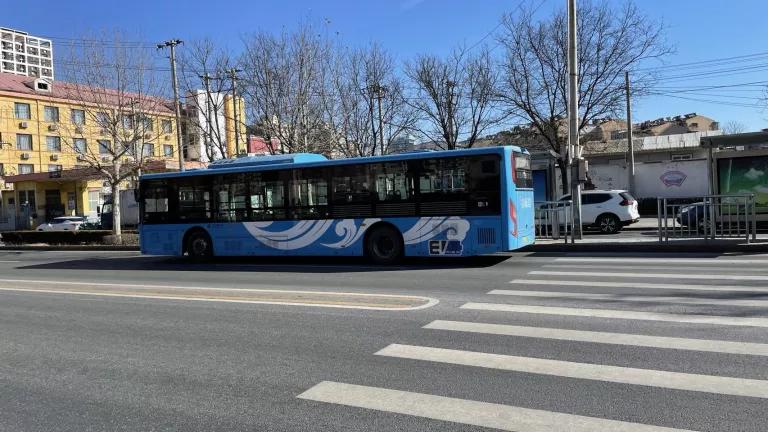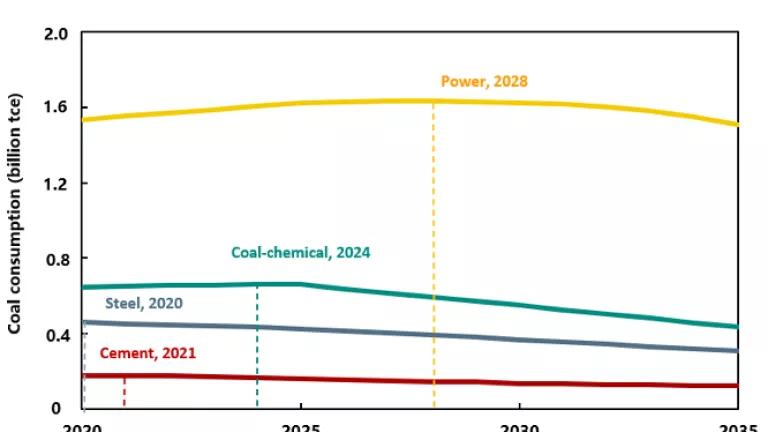California and Jiangsu Province Sign Agreement for Cooperation on Climate Policies - Part I
When I first visited Jiangsu over ten years ago to propose energy efficiency measures to the rapidly industrializing province I was skeptical I would ever see this day. But to my great pleasure, the People's Government of Jiangsu Province of China and the State of California today signed a Framework Agreement for strategic cooperation in order to jointly promote greenhouse gas emission reductions, renewable energy, energy efficiency and environmental protection.
Developed to support the Memorandum of Understanding on climate and energy cooperation signed by the U.S. and China last July, the California-Jiangsu agreement is China's first subnational agreement for cooperation to reduce greenhouse gas emissions.
Jiangsu and California have agreed to work together to promote the following:
- Reducing greenhouse gas emissions through the sharing of successful climate policies related to energy efficiency, energy conservation and renewable energy;
- Strengthening government support for renewable energy, energy efficiency and environmental protection;
- Strengthening technological cooperation to promote research, development and deployment of energy efficiency and renewable energy technologies, zero-and low-carbon electricity generation and fuels, improved mobility through better planning and transportation infrastructure;
- Fostering the development of new markets for green and renewable energy technologies, including standards for green buildings, cooling & heating, electrical appliances, lighting and solar photovoltaics;
- Promoting communication and exchange among research personnel, academic institutions and nongovernment organizations; and
- Implementing specific training programs on energy and environmental planning; policies, technologies; and data management, tracking and reporting.
The California EPA and the Jiangsu Development and Reform Commission will take the lead in implementing the agreement in coordination with other state and provincial agencies, including the California Public Utilities Commission (CPUC) and the California Energy Commission (CEC), who have been working with Jiangsu for several years. California and Jiangsu will also establish a Steering Committee to assist them with implementation of the agreement. This Steering Committee will consist of representatives from other governmental and non-governmental organizations (including NRDC and the China-US Energy Efficiency Alliance), the private sector, research institutes and academia.
Such public-private partnerships are essential in order to ensure that the deal reached today is not just a paper agreement, but instead leads to concrete projects, policies and technological innovation that will help to break the climate deadlock in the world's two major greenhouse gas emitters. The government standards, codes, policies and incentive mechanisms spurred by this agreement can form the crucial "ecosystem for innovation" in energy technology that Tom Friedman called for in his stirring speech at the Governors' Global Climate Summit 2 this afternoon.
Like most diplomatic breakthroughs, this historic agreement builds upon many years of patient effort by many parties. Specifically it reflects more than a decade of solid work by NRDC, the China-US Energy Efficiency Alliance, CPUC, the California Energy Commission and our partners in Jiangsu, with major support from the Energy Foundation, the Renewable Energy and Energy Efficiency Partnership, and the Asia-Pacific Partnership on Clean Development and Climate.
In the late 90's when I first met with heavy hitters in the Jiangsu power sector, the word of the day was "electrification". Despite our attempts to press the incredible potential of energy efficiency we returned to Beijing discouraged. Yet five years later, when massive blackouts and brownouts swept through Jiangsu and the rest of China, the province took a step back to reassess how energy efficiency could help Jiangsu meet its soaring power demand while reducing environmental impacts and saving money at the same time.
And while Jiangsu's energy crisis, like those in California, might have triggered its first steps down a more sustainable energy path, it has now become a leader in China on this front and continues to move forward. NRDC signed the first MOU on energy efficiency with Jiangsu Province in 2004, which led to the development of China's first large-scale energy efficiency incentive program (more about this in Part II).
We then helped to broker and implement a 2005 agreement on energy efficiency cooperation by the CPUC, the CEC and the Jiangsu Economic and Trade Commission. The agreement was signed by then-CPUC Commissioner Susan Kennedy - who now serves as Governor Schwarzenegger's Chief of Staff - and CEC Commissioner Arthur Rosenfeld, one of the fathers of energy efficiency in the U.S and throughout the world. CPUC Commissioner for Energy Efficiency Dian Grueneich has taken an active role in implementing this highly successful agreement (I'll discuss this work in Part II as well).
Our achievements under these two pathbreaking agreements paved the way for today's breakthrough - China's first subnational agreement for cooperation in reducing greenhouse gas emissions through energy efficiency and renewable energy. Such an explicitly climate-focused agreement, which would have been impossible just a few short years ago, also highlights the newfound political will of China's central government to take steps to curb its carbon emissions.
I really wasn't sure all those years ago that I would in fact see this day come to pass. After some ten tireless years, I am truly satisfied and grateful that I have.



